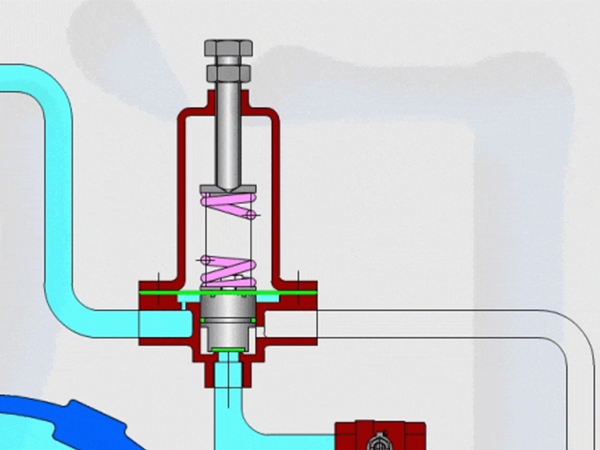Working principle of pressure valve

Pressure valve is a device used in hydraulic system to control and regulate liquid flow pressure.
Its working principle is based on the balance between the liquid pressure on the spool and the spring force. When the pressure in the hydraulic system exceeds the pressure set by the seat, the seat will be subjected to upward force, so that the disc is separated from the seat, and the medium is released through the valve, so that the pressure is reduced until the set value is reached. On the contrary, when the medium pressure is lower than the set value of the seat, the spring will apply force downward, so that the seat and the disc are attached, the valve is closed, and the medium stops flowing until the pressure returns to the set value.
For example, it is necessary to limit the pressure of the hydraulic system, stabilize the pressure value somewhere in the hydraulic system, or use the liquid pressure as a signal to control its action.
These valves control the opening and closing of the oil passage on the valve body through the balance of the spring force and the liquid pressure, so as to realize the control and adjustment of the liquid flow pressure.








